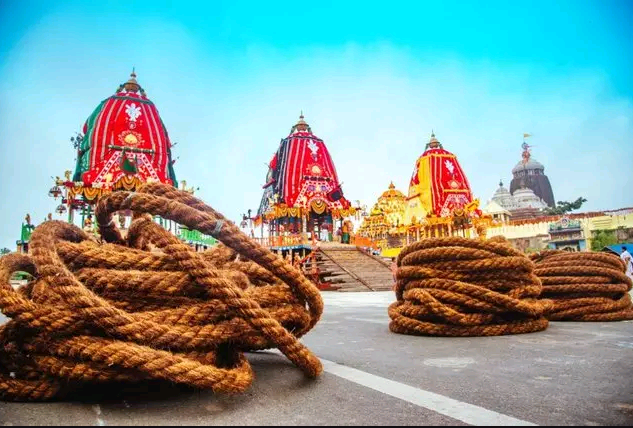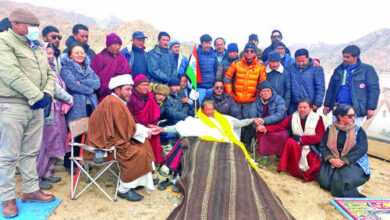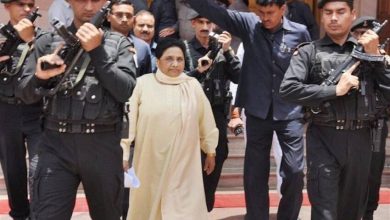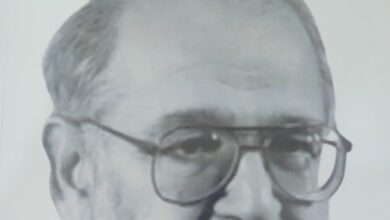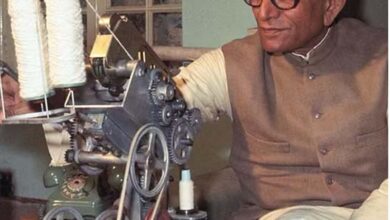Rath Yatra in Puri – Odisha Govt Caught on Wrong Foot
Nihar Satpathy, author and analyst
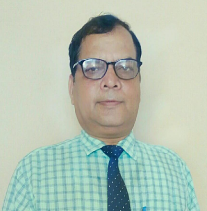
Finally the tide of ‘Juggernaut’ could not be stopped. Etymologically this word is derived from Lord Jagannath of Puri and it signifies a strong force that is difficult to stop. This manifested itself when the wheels of Jagannath’s chariot rolled on the Grand Road of Puri on June 23. This brought to an end the plethora of confusion and apprehensions whether the Rath Yatra could at all be held this year which was triggered by court room battles over the permissions for holding the festival in view of the Corona Pandemic.
But as Lord Jagannath finally rode the chariot along with two siblings millions of devotees heaved a sigh of relief. It however left on its trail an embarrassed state government which stood exposed on its duplicity in handing of the entire episode.
A faux pas
The government of Odisha under the mature leadership of Naveen Patnaik , who otherwise possesses a good track record in disaster management, Pandemic control and poverty alleviation seems to have committed a faux pas this time. It was a found that the state government faltered on taking a clear and actionable stand on holding of the Rath Yatra as the proceedings of the hearing of a petition challenging permissions for holding the Rath Yatra was under way in the Supreme Court. The petition was filed by a non-descript NGO. The claims made by the NGO lacked logic in certain respects as it was claimed by it that there would be a congregation of more than twelve lakh devotees in Puri which was difficult to control in view of the Pandemic. But in reality in the history of Rath Yatra of Puri this many number of devotees never assembled in Puri and the alternative prospect a holding symbolic Rath Yatra without presence of the public was not discussed in the petition.
Disappointment
During the proceedings in the Supreme Court the state government engaged the services of noted legal luminary Harish Salve to represent it before the Supreme Court, who argued the case from London through video conferencing. It is alleged that at that time Salve was not properly briefed by the Odisha government to ensure that the court was apprised of the alternative options for holding of the festival in a restricted manner and that the state government was ready to organise it in that manner. The three judge bench of the Supreme Court consequently delivered a verdict on June 18 staying the holding of Rath Yatra in Odisha.
It led to widespread disappointment and anguish among millions of Jagannath devotees worldwide. There was an undercurrent of discontent on why the state government did not take a overtly positive stand before the Supreme Court during the proceeding. However when a letter addressed by the much revered King of Puri, Gajapati Dibyasingh Deb was delivered to chief minister Naven Patnaik on June 20 the state government was forced to rethink the matter. The Gajapati king commands a high degree of love and respect among the people of Odisha and he is also the ex-officio chairman of the managing committee of the Jagannath Temple. His words carried weight. He proposed that Rath Yatra is possible to be held by strictly following the Covid protocol and also by restricting the public participation.
PM takes note
On June 22 this issue came to the notice of prime minister Narendra Modi and he advised home minister Amit Shah to speak with the Gajapati king which he did on that day itself and ascertained the ground situation. A number of petitions were filed in Supreme Court appealing for recall of its earlier order on the Rath Yatra. The Supreme Court agreed to hear the petitions and a three judge bench headed by the chief justice heard the case through video conferencing. Tushar Mehta, the solicitor general appearing on behalf of the central government told the court that Rath Yatra was a matter of faith for crores and if Lord Jaganath did not come out the next day, Rath Yatra would not be held for the next 12 years as per the convention. The counsel for the state government also now had a matching view.
Finally the Supreme Court permitted the holding of the festival in Puri on certain conditions, some of which were that only 500 people who had cleared the Covid-19 test would only be allowed to pulled the chariot and it was to be ensured that there was no public participation.
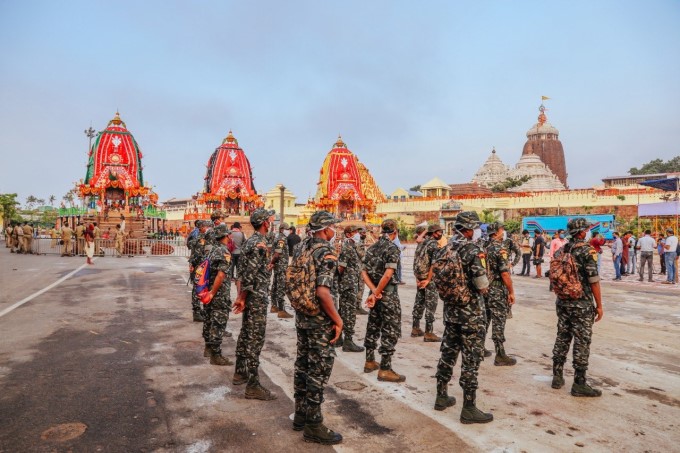
As the Rath Yatra went on on June 23 it showed that the conduct of the festival with total compliance of the Supreme Court order was a smooth affair. The state government had only 16 hours in it hand after the court verdict to get itself ready for the festival. Even then there was no hitch. A curfew-like lock down was imposed on the day of Rath Yatra in the entire Puri district. So any public participation was fully averted. The Rath Yatra in Puri finally brought jubilations among crores of devotees worldwide who watched the festival on TV sitting in their homes.
All is well that ends well. But the dithering of the state government’s stand at one stage of the sequences that led to the Rath Yatra will remain open to question.

